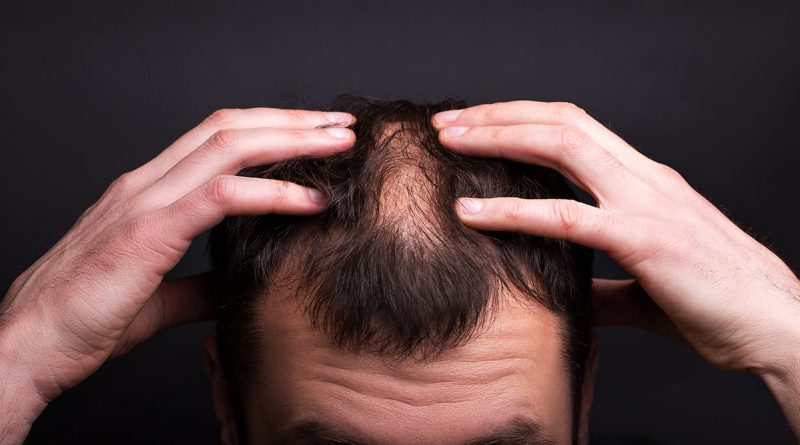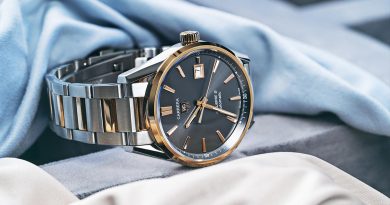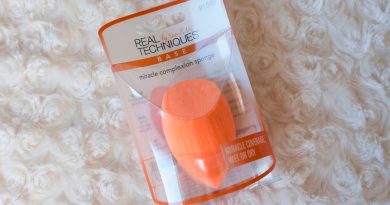Signs To Look Out For If You Are Balding
Many people fear developing alopecia, more widely known as hair loss or going bald. In fact, they invest a lot of time, money, and effort into maintaining the health of their hair and scalp. However, that isn’t enough, unfortunately. Many conditions, deficiencies, diseases, and even heredity can cause hair loss in people.
How to tell if you’re balding?
Balding can happen at any age and at any time. Some people can have a full head of hair until they are 60 or even older. Meanwhile, others begin to see the first signs of balding in their teens and twenties. What do these hints mean? The following are a few signs to watch out for to prevent balding before it happens:
#1. Hairline receding or bald spot
Early indications of baldness include bald patches and a receding hairline. So, by paying special attention to your temples and forehead, you can keep an eye on your hairline. Your forehead will appear bigger and your temples will appear more pronounced if you are losing hair. Moreover, do check for any bald spots you may be developing every few days.
You can spot a receding hairline by contrasting images of yourself with dry, unstyled hair taken at intervals of no less than 4-5 months. Even though the difference might not be obvious, it is often enough to prompt action.
#2. Thinning
This typically occurs before the hairline thinning and is frequently not seen. Men’s top heads begin to lose some of their bulk. Women should pay particular attention to the area where they usually part their hair beside the top of their heads. Moreover, one of the greatest ways to identify hair loss in its early stages is to keep an eye out for a widening divide.
Short-haired people might feel thinning and recognize it earlier. When they run their hands through their scalp, they will notice a difference in the amount of hair. On the other hand, people with long hair may find it a little bit easier. However, the best approach to determine if they are having hair loss is to look at a thinning ponytail.
#3. Excessive hair loss after showering or brushing
It can be a useful way to keep an eye out for hair loss, but it tends to cause the greatest anxiety. Here are a few things you can do to prevent panic:
- Don’t let hair from the day before sitting in your hairbrush; clean it every day.
- Use a brush that is appropriate for your hair type.
- Before brushing your hair, use a serum to untangle it.
- To maintain healthy roots, avoid pulling on your hair while brushing.
Every day, we lose about 100 hairs, and that is natural. Anything above that might be a problem. So, watch carefully if you’re leaving hair on cushions, pillows, and other surfaces you rest your head on. If so, it’s time to take preventative measures. Even consult a dermatologist if you see an increase in the amount of hair on these surfaces.
It makes sense to worry constantly about losing your hair, especially since a full head of hair is one of the traditional definitions of beauty. However, in this case, it’s important to remember that while some symptoms might seem to point to baldness, they actually don’t. Hold your horses and just relax if you are going through this.
- Occasional scalp itchiness – A variety of factors could cause scalp itchiness. It includes dry skin, pollution, grime, dust, etc. The list goes on.
- Thinner-looking hair after showering or swimming -It’s fine as only your scalp is showing and your hair has clumped together.
- Shedding of a few strands – If this only occasionally occurs, it simply indicates that the hair has entered its telogen phase and will naturally regrow.
What to do to prevent balding?
Healthy hair requires frequent attention to your scalp and hair. To preserve the strength and volume of your hair, choose the products that are best for your locks and treat your scalp sometimes with hair masks, oils, and nutrients. It is, after all, your greatest achievement.
Follow these tips to take care of your hair and stop hair loss:
#1. Eat more protein
Your daily protein intake may be insufficient, which can slow the growth of your hair. So, you might need to increase your protein intake, particularly if you’re vegan or vegetarian.
#2. Stop styling & coloring your hair at home
Find a salon that offers the service you desire and has trained experts. They’ll analyze your scalp and hair to determine which product is best for you. Moreover, make sure the salon follows up with a hydrating conditioner.
#3. Stop wearing your hair tightly
Traction alopecia is a kind of hair loss that can be a result of frequently wearing a hairstyle that pulls on your hair. Anything that tugs on your hair over time may result in permanent hair loss. Thus, you can learn about styling techniques that can help you stop this kind of hair loss.




